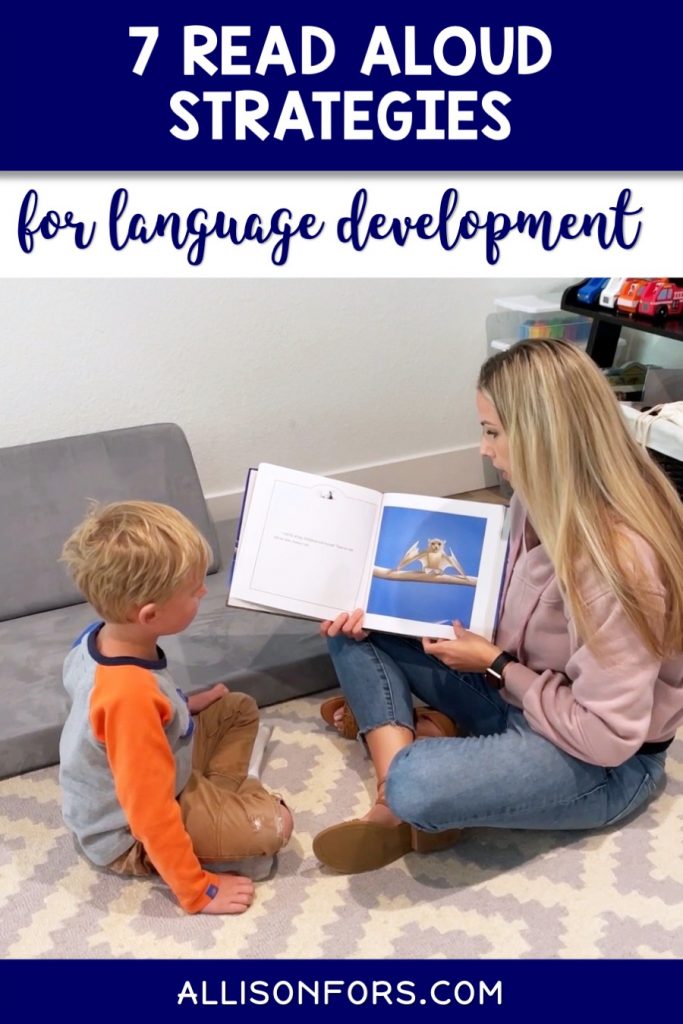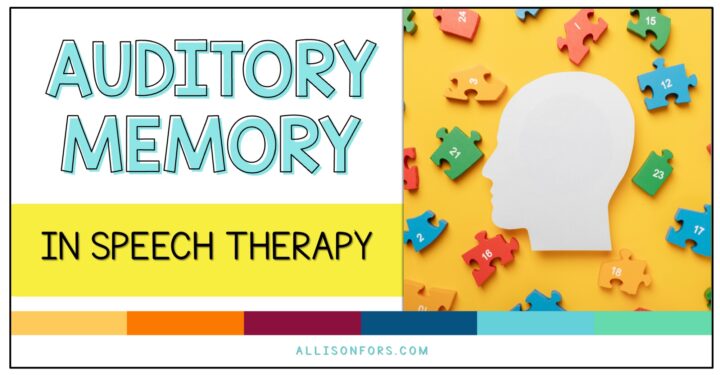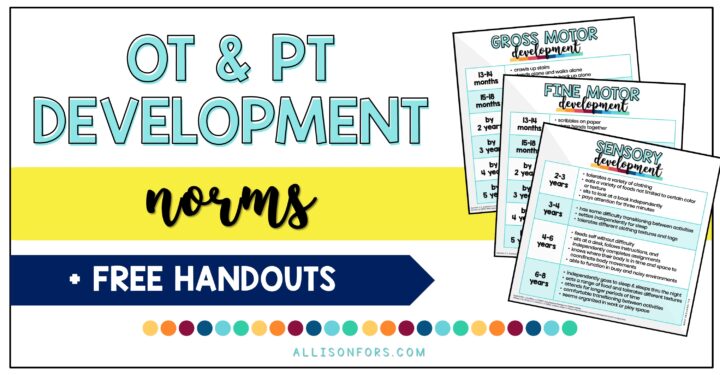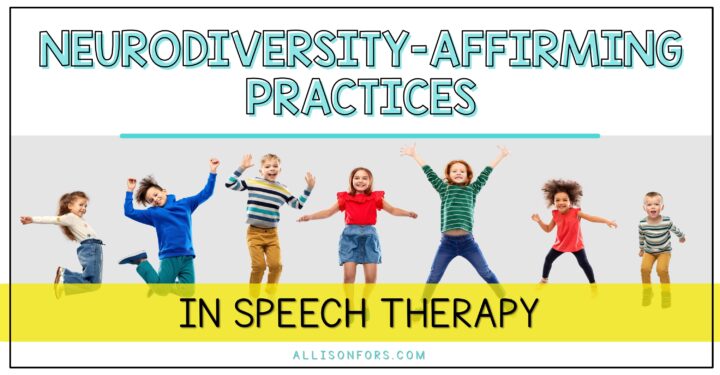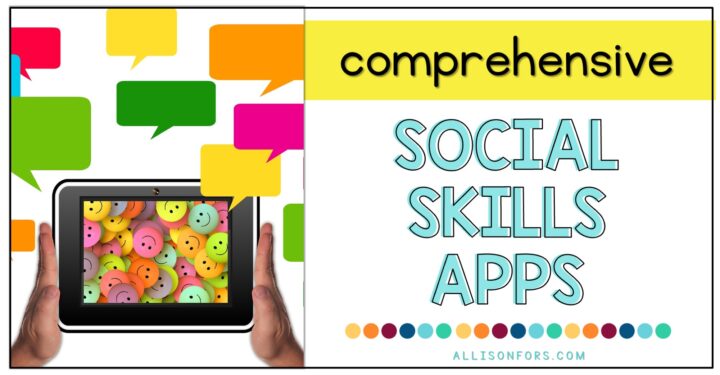
Top Read Aloud Strategies for Speech-Language Development
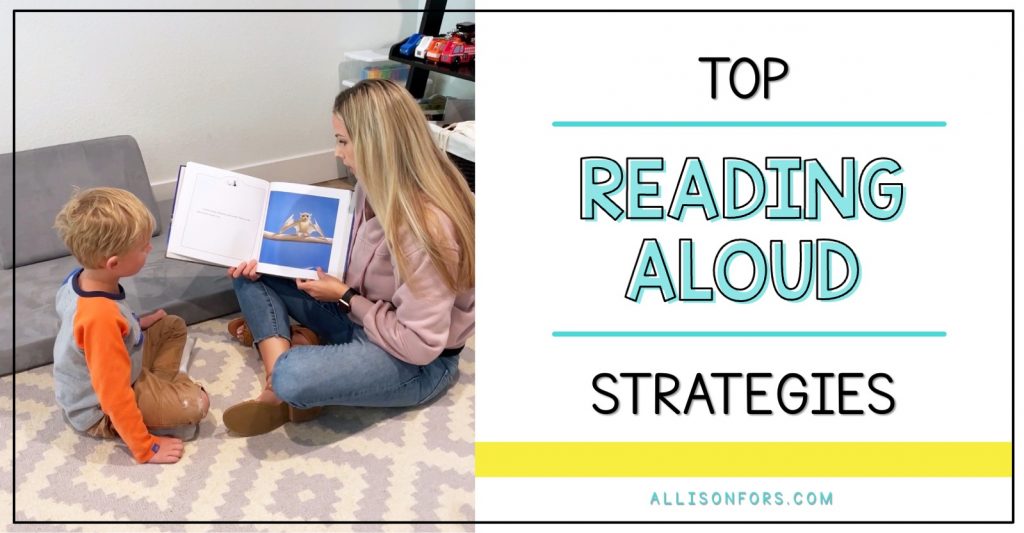
Reading is a top strategy for early language development! Books are an excellent way to build language and vocabulary. Use these read aloud strategies starting at infancy.
Discover seven tips to get the most out of reading to children and how to make it a positive experience.
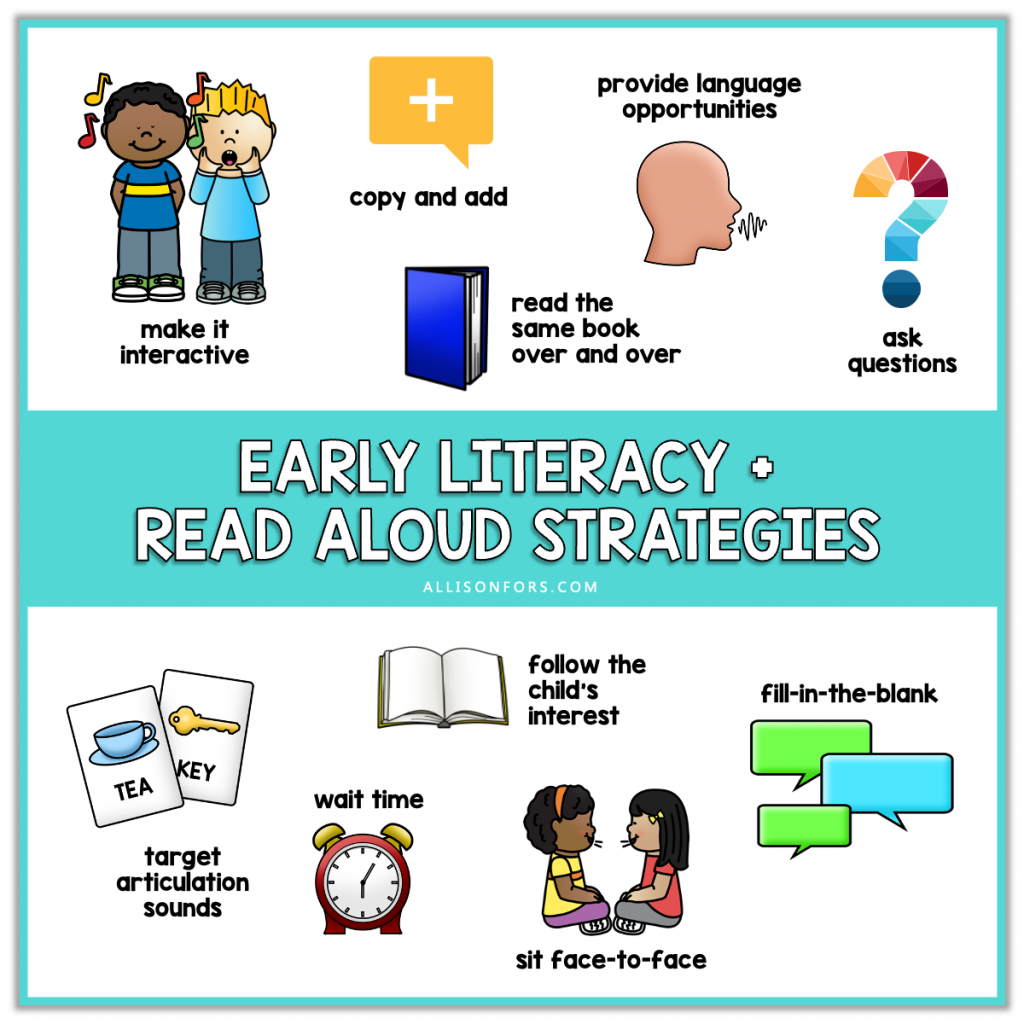
1. FOLLOW THE CHILD’S INTEREST
Make it a positive experience! Follow their lead when choosing the books. You don’t need to read books cover-to-cover; if the child wants to skip a page or go back – that’s fine! Model how to hold the book correctly and turn the pages in the proper order, but don’t place demands. Help, encourage, and praise!
2. SIT FACE-TO-FACE
Sit on the floor with the child, so your face is at the same level. It is common to have a child sit in your lap to read but try facing each other! This allows them to see your face, mouth movement, facial expressions, etc.
3. MAKE IT INTERACTIVE
Be expressive! Use different voices and facial expressions. Use hand gestures, pointing, and your fingers on the page to bring the book alive. Drag your finger along the text as you read. You can clap out syllables This will help them learn that reading occurs from left to right and top to bottom.
4. ASK QUESTIONS
The questions will depend on the age and development of the child. Ask questions for labeling nouns and verbs (“what’s that?”, “where’s the dog?”, “what are they doing?”). Ask wh- questions to have the child describe pictures or make inferences.
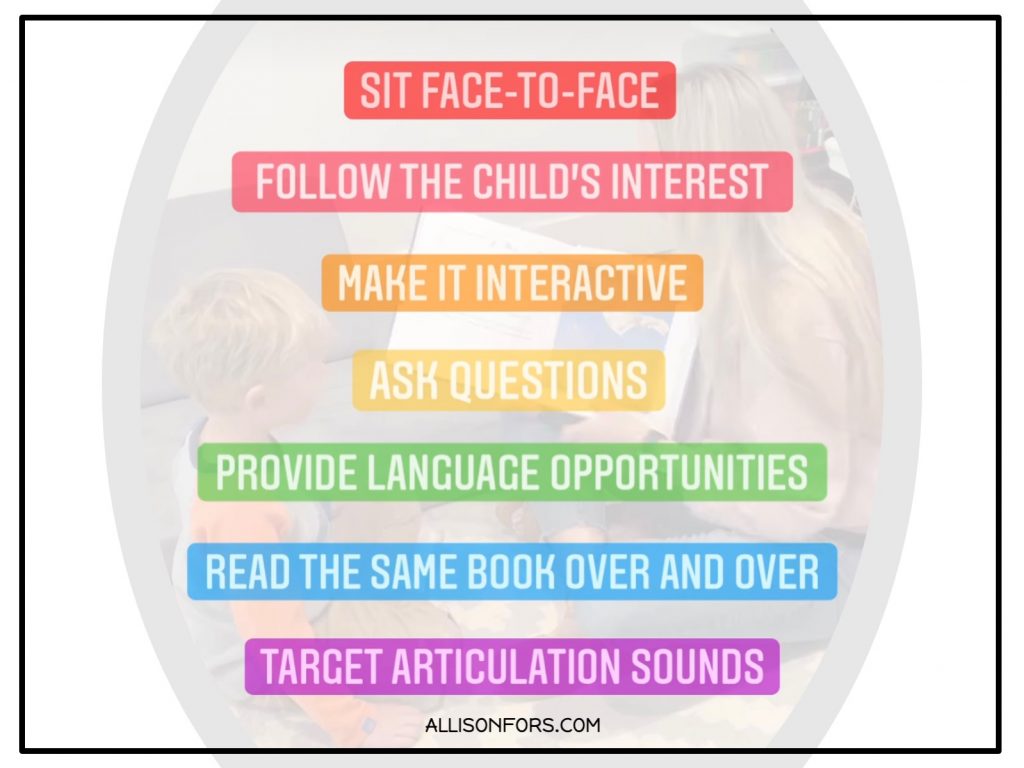
5. PROVIDE LANGUAGE OPPORTUNITIES
Use strategies such as wait time and fill-in-the-blank to provide opportunities for the child to interject. When the child answers a question or labels, use the “copy and add” rule to repeat what the child has said and add another 1-2 words to expand their utterance! For example, if the child says “jump,” you can say “cat jump.”
6. READ THE SAME BOOK OVER AND OVER
Reading the same books over and over has many benefits! Kids love to know what to expect and becoming familiar with a book allows them to fill-in-the-blank and be exposed to the same vocabulary. A study showed that children with language disorders require 36 exposures to new words to learn them! [1] Reading books is a great way to learn new vocabulary.
7. TARGET ARTICULATION SOUNDS
Use sound-loaded books to help a child hear their target sound. Use auditory discrimination, “Is that a key? Or tea?” Get sound practice by having the child fill-in-the-blank or repeat words with their target sound. The more repetitions the better! For older children, use a magnifying glass to find their target sound and repeat. You can also use a carrier phrase or sentence strip to practice. For example, if the target sound is “s,” use an “I see ___” sentence strip and insert “s” words from the book into the sentence.
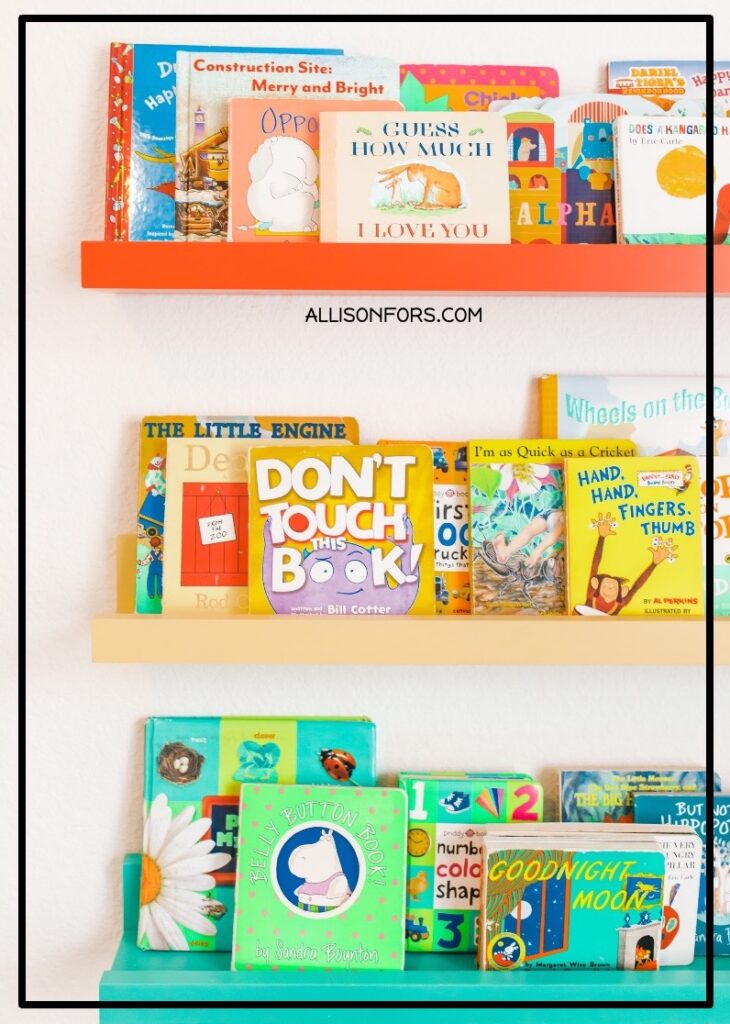
What other read aloud strategies do you use?
You may be interested in:
12 Ways to Elicit Language Development
Literacy Strategies for Language Development
Sign up below to follow along for more speech and language information, tips, resources, and more!

[1] Storkel, H.L., Voelmle, K., Fierro, V., Flake, K., Fleming, K.K., Romine, R.S. (2016) Interactive Book Reading to Accelerate Word Learning by Kindergarten Children With Specific Language Impairment: Identifying an Adequate Intensity and Variation in Treatment Response. Language, Speech, and Hearing Services in Schools.
